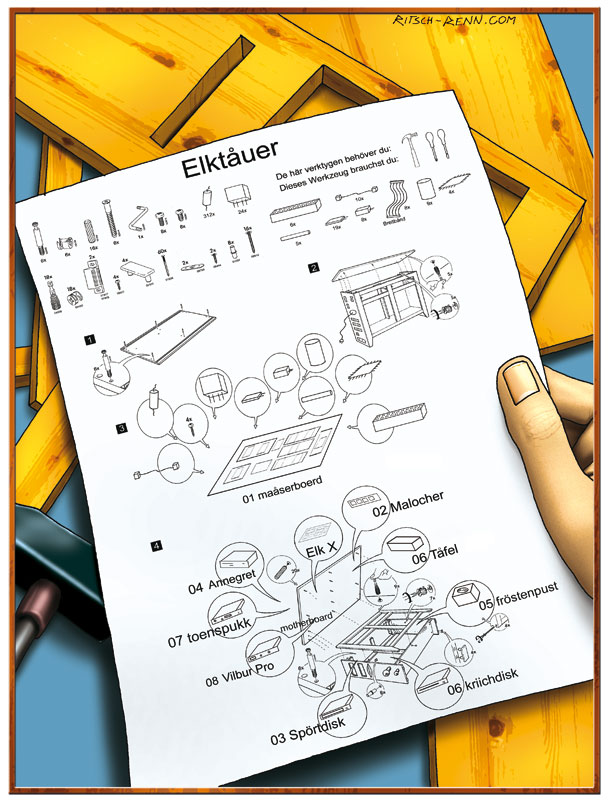This will be a long post because it brings together much newly accumulated historical, archeological, and linguistic research that has the potential to change our conception of the course of development of medieval Eurasian civilization.
We begin with a pathbreaking article by Neil Price:
Vikings on the Silk Roads:
The Norse ravaged much of Europe for centuries. They were also cosmopolitan explorers who followed trade winds into the Far East
Neil Price, Aeon (5/5/25)
This article has a significant amount of valuable information that did not make it into the recent blockbuster British Museum exhibition "Silk Roads" (9/26/24-2/23/25) and its accompanying catalog of the same title (British Museum, 2024), edited by Sue Brunning, Luk Yu-ping, Elisabeth R. O'Connell, and Tim Williams at the end of last year and beginning of this year. There was also a two-day international conference on "Contacts and exchanges across Afro-Eurasia, AD 500–1000" (12/5/24-12/6/24), at which I delivered the concluding remarks.
Price's article begins:
In the middle of the 9th century, in an office somewhere in the Jibāl region of what is now western Iran, a man is dictating to a scribe. It is the 840s of the Common Era, though the people in this eastern province of the great Caliphate of the ’Abbāsids – an Islamic superpower with its capital in Baghdad – live by the Hijri calendar. The man’s name is Abu ’l-Qāsim ʿUbayd Allāh b ʿAbd Allāh Ibn Khurradādhbih, and he is the director of posts and police for this region.
Read the rest of this entry »



